I was looking through a very legitimate well known product, noticed the battery pack is stamped with 4.4V. I think this is actually the nominal voltage it provides.
The reason I think that is that this is a $100MM+ company, and I know from professional experience, LiPo battery markings and regulatory compliance has gotten extremely tight in the last few years when you ship batteries in products. These guys ostensibly are dotting all the i's and crossing all the t's.
The 4.4V stamped battery, has a much higher mAh stated amount than any corresponding 3.7V LiPo, on a volume basis, then we've ever been quoted.
Is there such a thing as a 4.4V LiPo?
